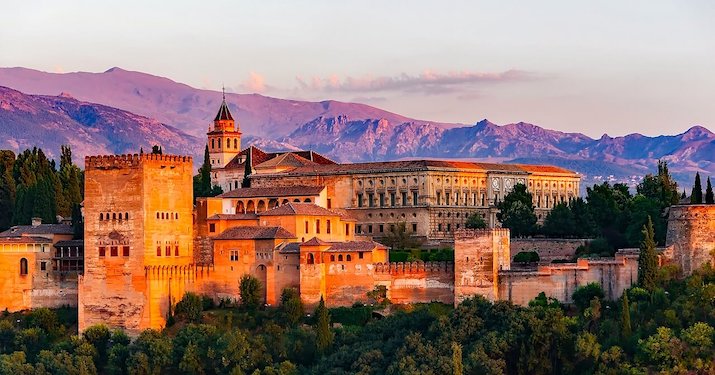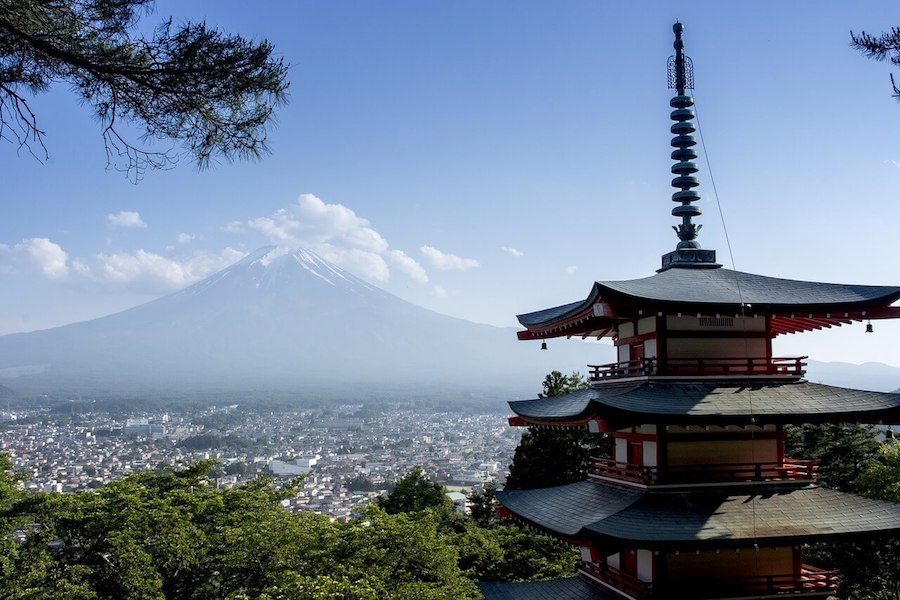Experience living as a digital nomad in Granada, Spain.
Disclaimer: This post contains affiliate links. If you would like to experience living in a part of Spain that is quite inexpensive, then I would suggest heading to the university city of Granada. It is located in Spain’s south-east. I’ll admit, I was surprised with the cost of living when I went there. If you …
Experience living as a digital nomad in Granada, Spain. Read More »




